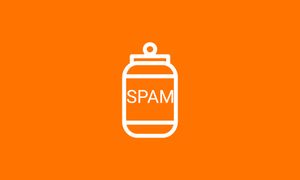Pay-per-click (PPC) ads are the heroes of short-term minded marketers.
That’s because paid ads can get eCommerce businesses immediate online visibility and laser-target the audience they want to reach. After all, Google and Facebook are being paid to do it.
Even so, eCommerce marketers shouldn’t assume that PPC ads alone will drive the traffic they need. Why is that?
For one thing, they may risk spending thousands of pounds on ads, only to see a low return on investment (ROI). Regardless of how much money they put into these ads, they won’t convert unless they harness the collective power of organic and paid traffic.
If you want to increase traffic to your eCommerce website without breaking the bank, there are several techniques you can use. They’re effective enough to place paid ads as a last (or complementary) resort.
In this article, you’ll see a few marketing techniques that can increase website traffic in as little as 90 days, including:
- Social media engagement
- Giveaways and contests
- Free shipping and discounts
- Influencer Marketing
- Reviews
Read on to learn more.
1. Engage in Social Media
It’s no wonder 52% of businesses have a well-planned and consistent social media strategy. Creating a solid online presence through social is crucial for any brand to establish a deeper connection with their audience, as well as grab prospects’ attention with eye-catching posts.
Still, it can be challenging to stick to several platforms at once. How can smaller eCommerce brands make themselves known when the big guys are everywhere, including Twitter, Instagram, Facebook, Youtube, and more recently, TikTok?
Unless you have a dedicated marketing team to help you stay consistent, trying to keep track of everything on your own is the recipe for poor business management. But there are alternatives that can help you juggle both.
You can use apps like Hootsuite to manage all of your social media channels and schedule posts in one place. Or, you could laser-focus on one or two channels instead of them all. However, it pays to have a social media manager develop and distribute your brand campaigns while you manage other aspects of your business.
The bottom-line is: social media is often put in the backburner when it should be the star of the show. Just ask Eric Badnholz, founder and CEO of BeardBrand, who said it all in his case study for SmartMail:
“…most people will settle for more traditional online marketing initiatives like paid search, SEO, email and affiliate marketing as their key marketing drivers for their eCommerce store.”
While the above initiatives are certainly helpful, social media can do a lot of the heavy lifting. BeardBrand often encourages engagement and replies on their social media channel, which develops a friendly community of bearded lads instead of being just another product aimed at men.

Just like Wendy’s, they don’t take themselves or their followers too seriously. Regardless of the platform, humanising social media interactions makes a world of difference.
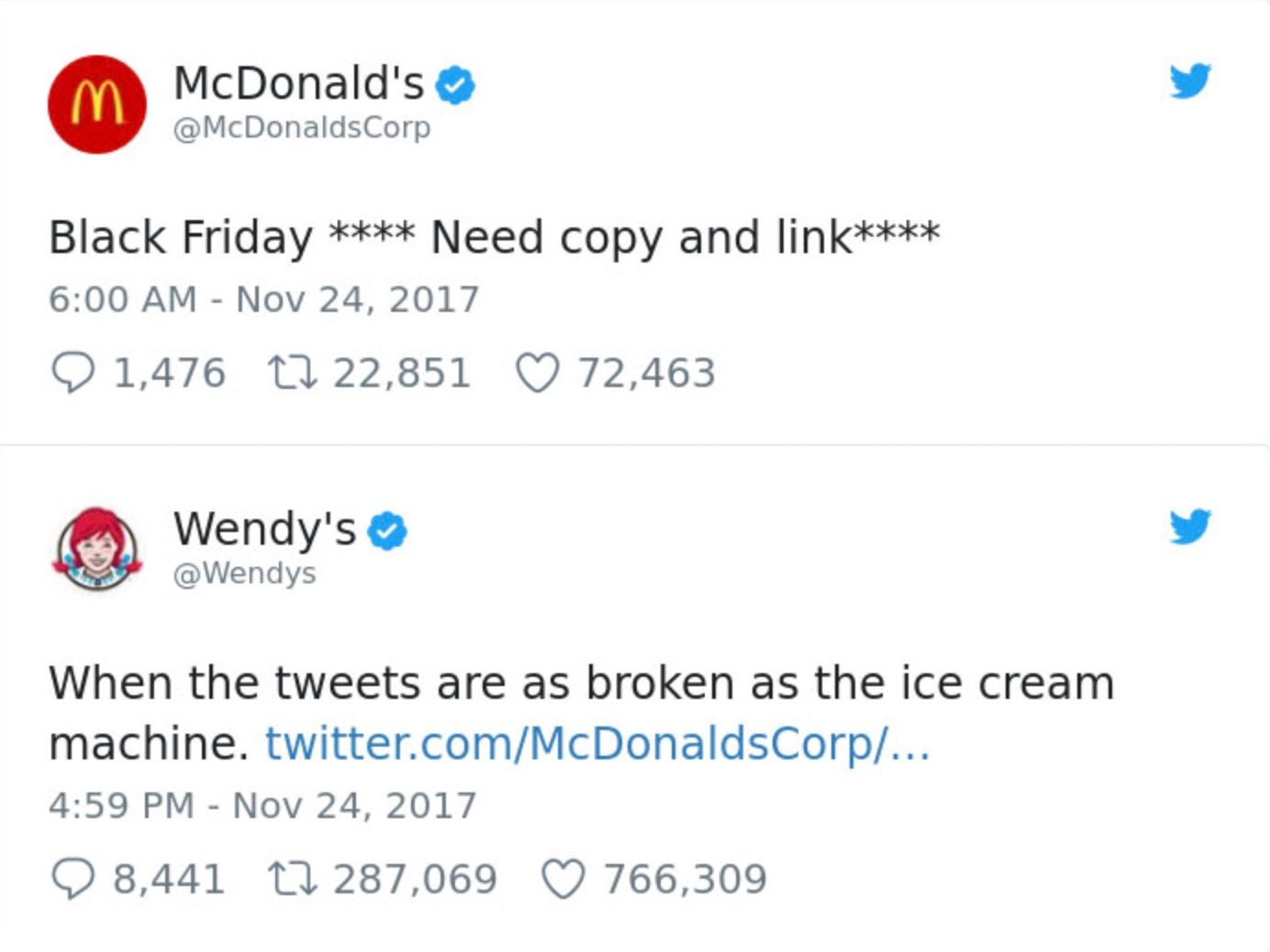
2. Plan a Giveaway
While you may not be able to afford giving products away too often, giveaways are a great tactic if you want to see a few quick traffic spikes–both on your social media page and on your website.
Here’s an example from a Blendjet Facebook giveaway:
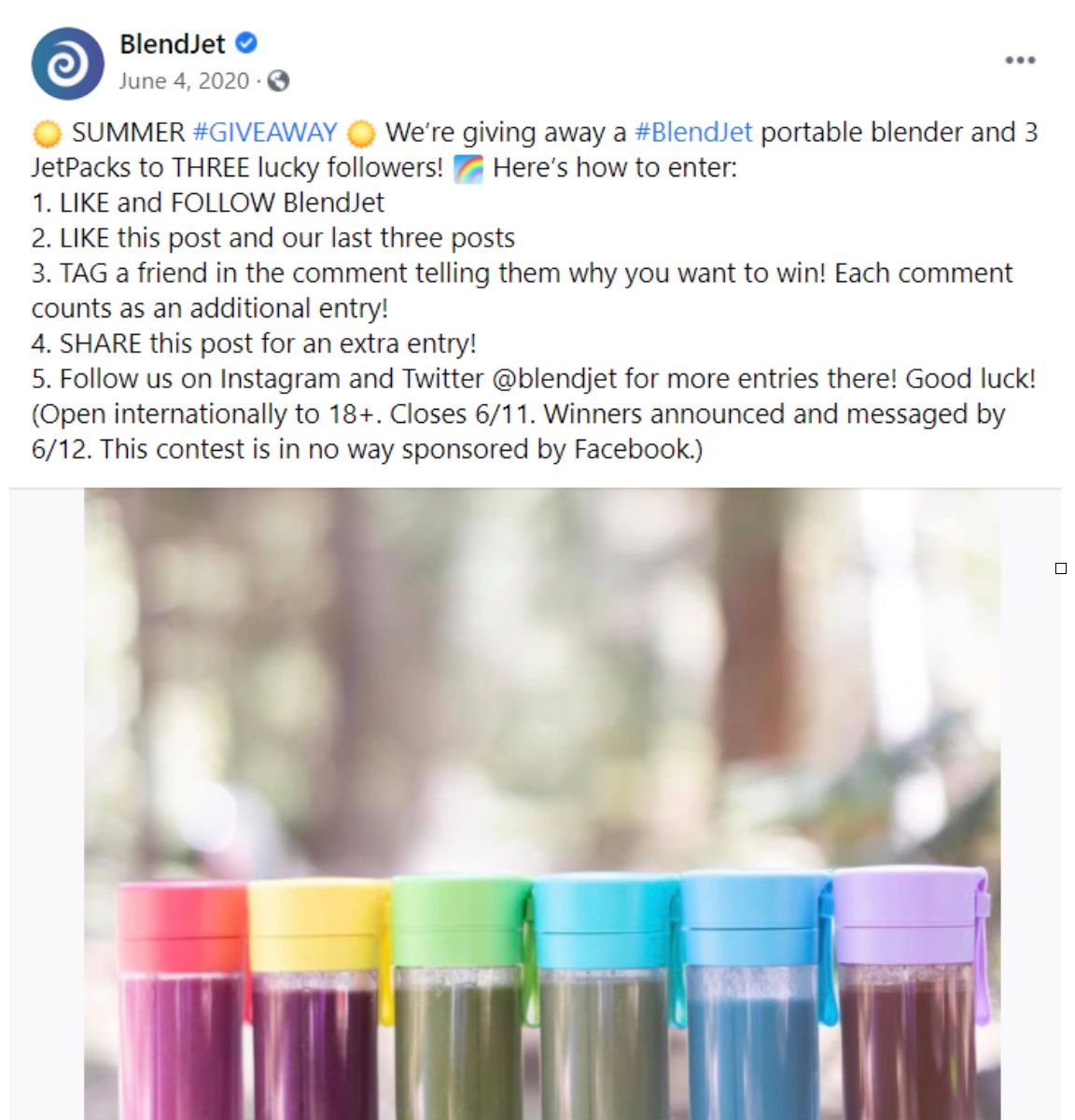
As you can see, they’re pretty simple to establish. While different giveaways will have different rules, the blueprint usually involves:
- An official giveaway image (like the one above)
- Setting a closing date for the giveaway
- Having participants tag a number of followers on the official image
- Requiring each participant to follow the page that’s hosting the giveaway
- Randomly picking a winner (using apps such as Gleam)
This way, people who want to take part in the giveaway will be led directly to your eCommerce profile in order to follow it. Then, if your products interest the viewer, they might end up clicking on your CTAs that lead to your website. Hopefully, they’ll be filling up their carts after that.
3. Offer Free Shipping and Discounts
It’s happened to you: you saw a product with free shipping, and instantly the final price wasn’t that big of a deal.
If there was a shipping price, however, even $5 made you reconsider your purchase, regardless of how much you needed the product. Or at least how much you thought you needed it.
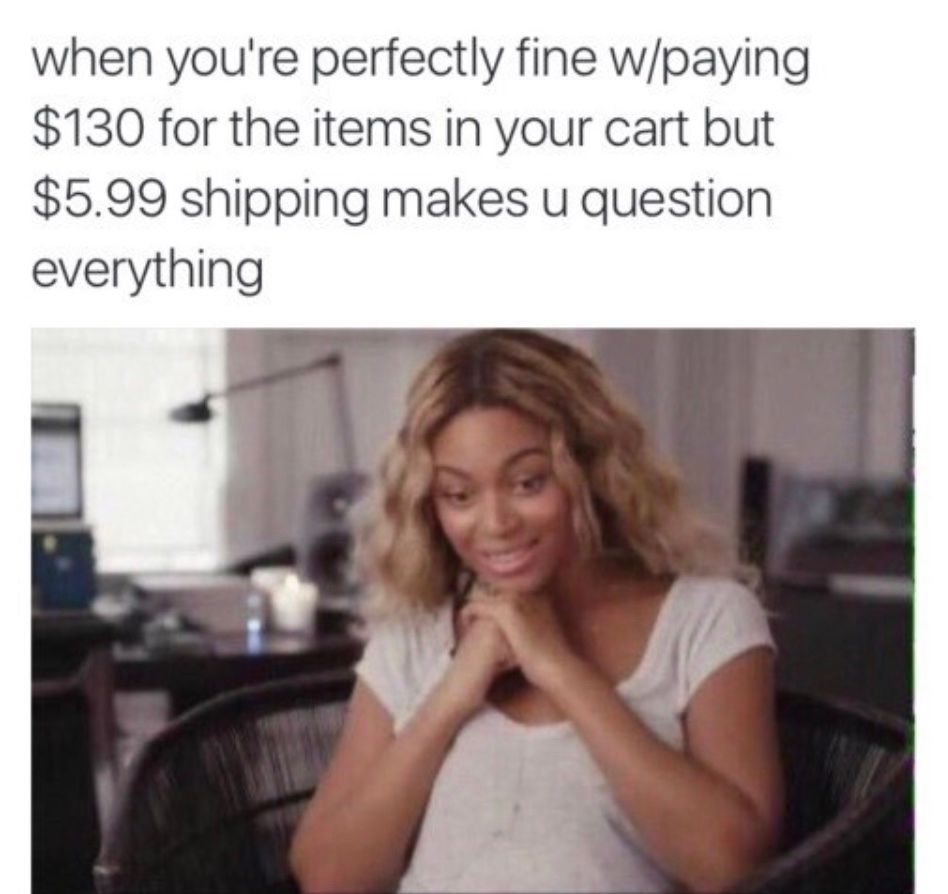
It’s true: recent statistics have shown that 79% of consumers affirmed that free shipping makes them more likely to buy.
Interestingly, according to a survey by Return Customer, 93% of customers seem to prefer free shipping over discounts. That’s your sign to go for it if you haven’t already.
What’s more, making the words “FREE SHIPPING” prominent on your website instead of burying them in a corner will help your conversions, especially if you’re using it as a differentiator.
But does that mean you should abandon discounts over free shipping? Not at all.
Discounts can be applied to dissolve bottlenecks in the customer journey. For instance, if you’re looking at high shopping cart abandonment rates, including coupons in follow-up emails is a great strategy to get those customers back.
Exit intent pop-ups are great places to offer coupons, especially if you notice high traffic, but little to no conversions. Or, if you’re up to engaging your visitors, you’d be interested to know that gamified opt-ins can increase eCommerce conversion rate by 400%. They’re a great way to engage visitors and grow your email list.
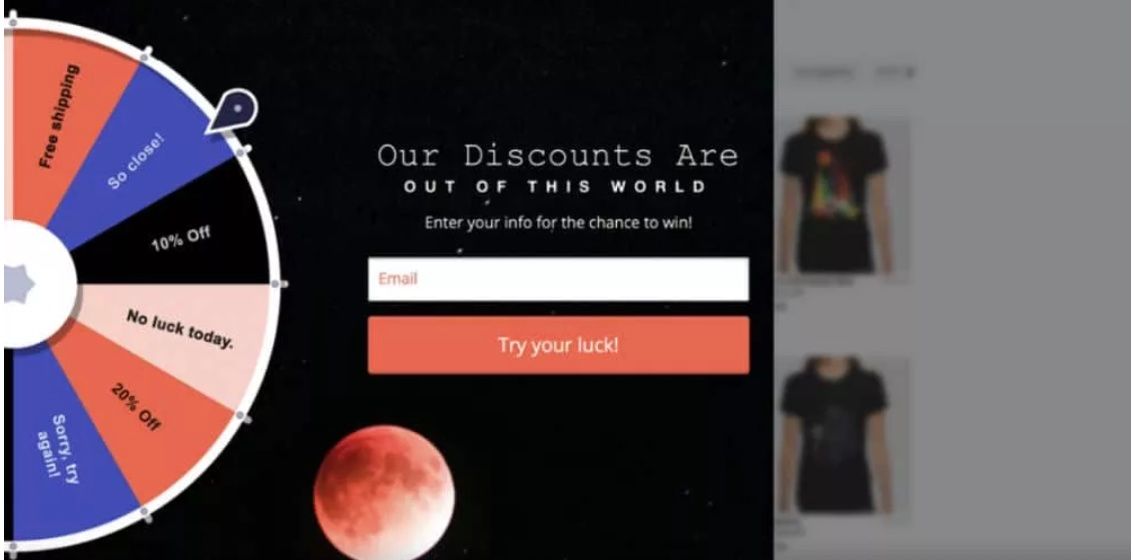
4. Use Influencer Marketing
18% of marketers are spending up to $500,000 a year on influencer marketing. The reason? An average of $5 returned for every $1 invested in influencers.
Influencer marketing is powerful for a number of reasons, but the biggest of them is clout. The right influencers can present your brand to their audience (of thousands or millions of followers) in a way that stirs up desire and, consequently, builds trust around your product.
Riding along an influencer’s long-established authority is one of the most coveted ways to generate traffic, and you can see why.
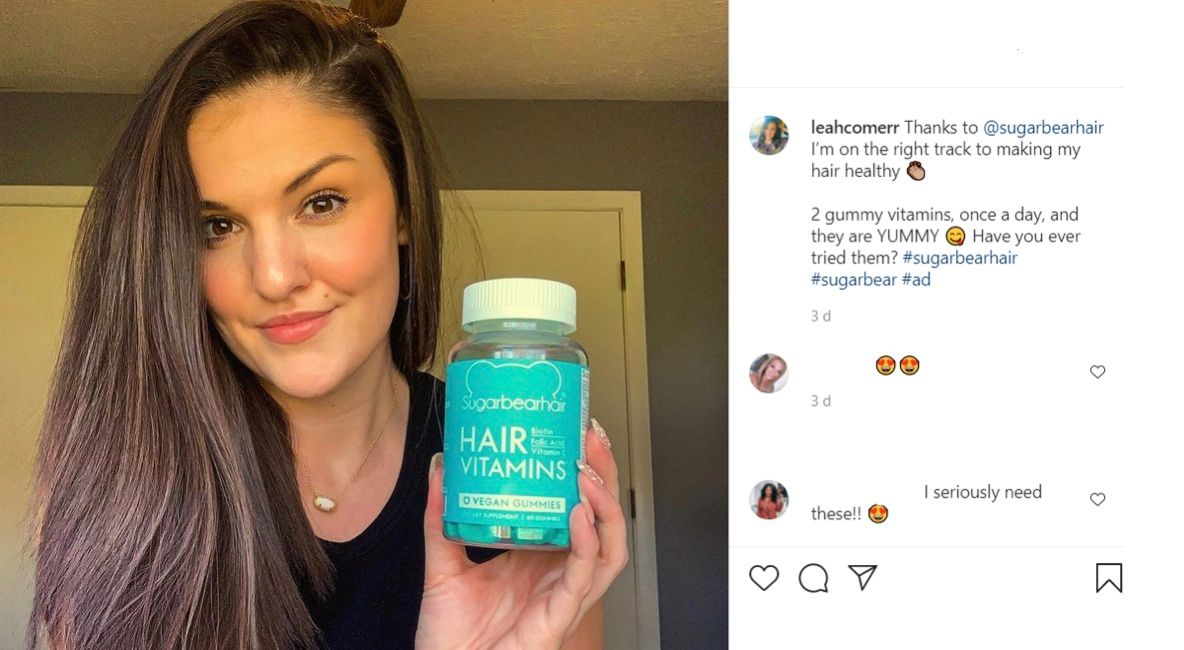
Still, a few marketers may find it unnecessary and expensive to pay for influencers, particularly if they’re new to this type of marketing. You might be one of them.
The good news is, you don’t have to start off by hiring expensive influencers for long-term partnerships. Not only are micro-influencers (who have at least 1,000 followers) less expensive, but they’ve shown higher engagement rates when compared to celebrity influencers. That means you can work with multiple influencers at once to generate more traffic to your website.
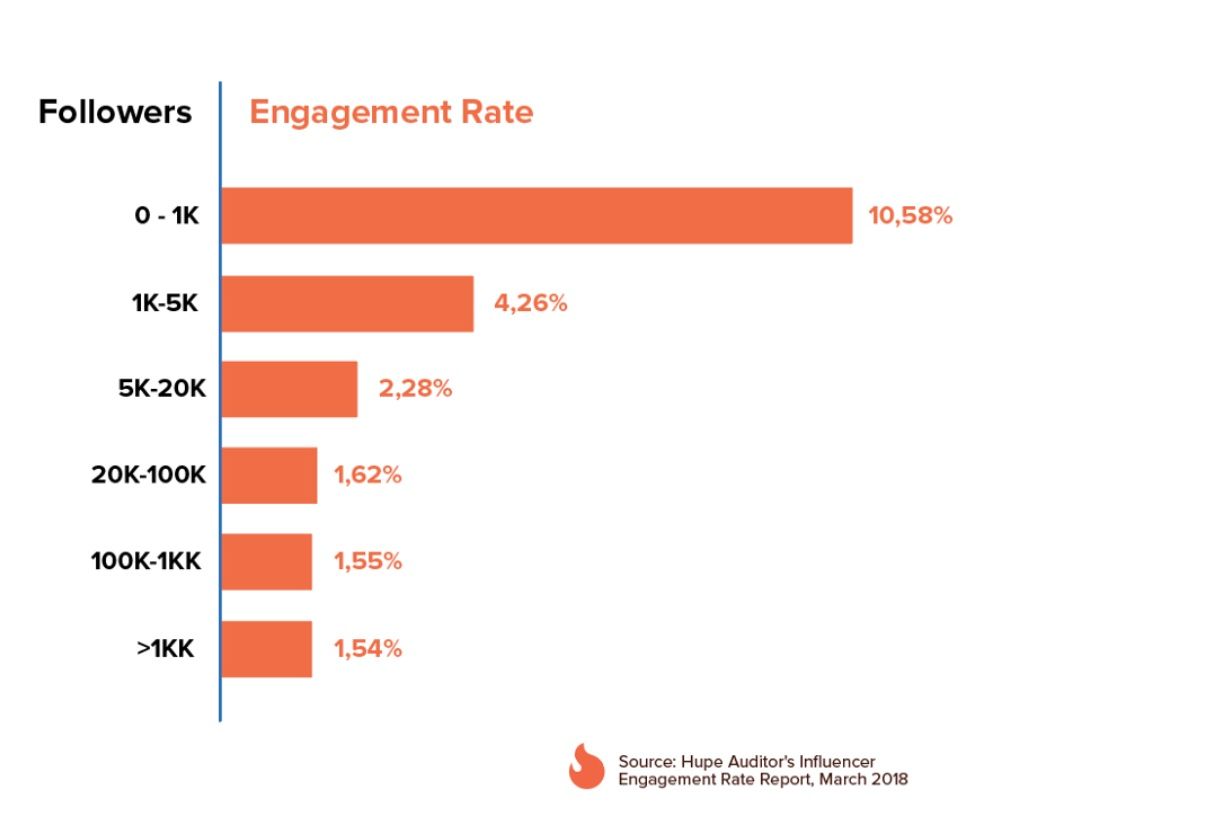
Now, this is important: finding influencers who resonate with your brand is a must.
Different influencers specialise in different areas, and you’ll want their audience to match yours for better results. Influencer marketplaces like Collabstr and OpenInfluence can help you with that.
As an alternative and a “thank you”, you can send your product out to influencers who resonate with your brand in exchange for reviews.
That brings me nicely onto the next point…
5. Keep Reviews Coming
If you knew that 97% of consumers read reviews before making a purchase, would you still disregard them? When a potential customer is comparing products during the consideration phase, a top-rated review can be a deal-breaker.
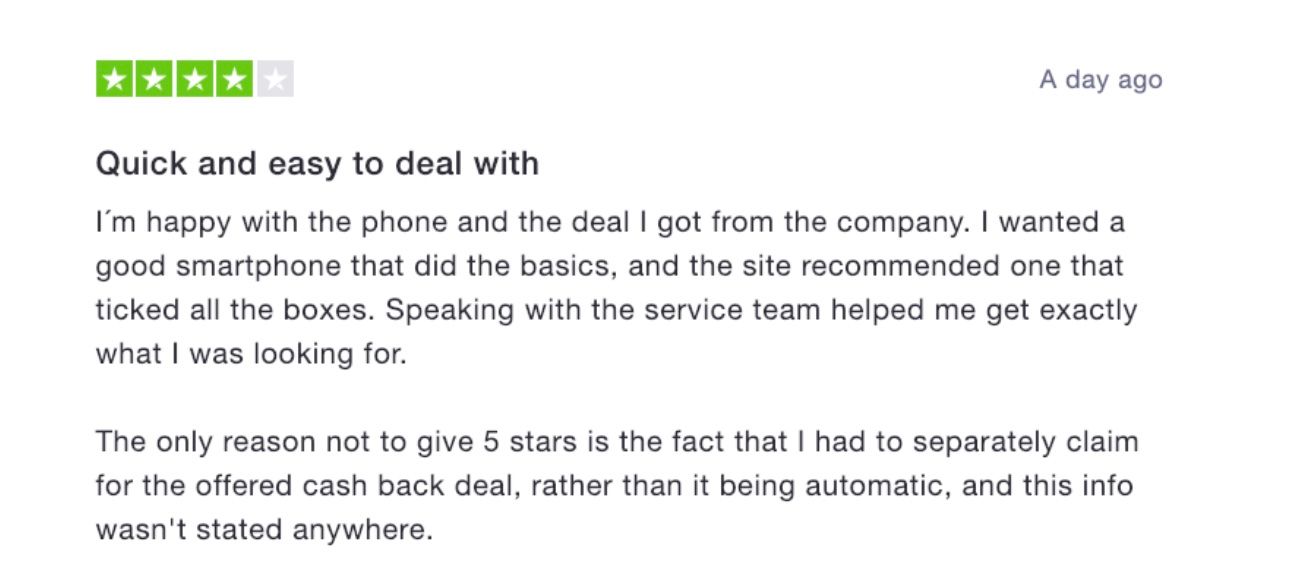
Reviews start conversations around your brand.
If customers aren’t talking, it’s about time you get the chat going. Still, that can be hard to pull off when customers don’t seem to care.
Note that getting reviews doesn’t always depend on a customer’s goodwill. Most of the time, all you have to do is ask nicely for them to leave one.
Also, the most important reviews should come from loyal customers, not only because they’re likely to leave high-rated reviews but because they trust you enough to provide valuable feedback.
And if a few negative reviews come along, don’t fret. If a brand doesn’t have any slightly negative reviews or constructive comments, that means something’s wrong. Instead, you can use the customer pain points your product was unable to solve as a way to improve your marketing strategy and product development.
Growing Your eCommerce Brand is a Matter of Leveraging Both Organic and Paid Strategies in a Smart Way
PPC is a great strategy to rely on for fast results. It’ll put your business on top of the search engines as long as you pick up your credit card.
Rely too much on it, though, and when you least expect it, thousands of dollars have been wasted on unsuccessful campaigns.
Hopefully, you’ll leave this article knowing that eCommerce marketing is primarily about your long-term achievements, and whether your customers will still choose your brand over the competition in the long term. Your PPC campaigns might have driven traffic to your site thanks to your paid ad, but the question is: will the spikes stick after a week? A month? A year?
That’s why establishing your online visibility and subsequent authority with organic marketing strategies is key. Social media, free shipping, giveaways, and influencer marketing are great ways to start.
Try committing to the above strategies for at least 90 days and see how it goes.





